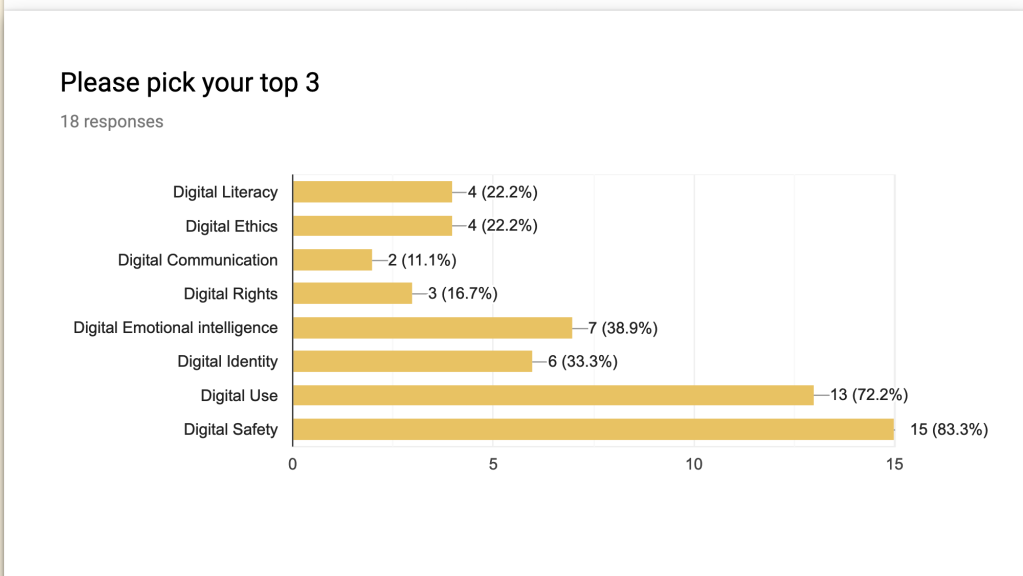In our rapidly changing digital age, the idea of truth is undergoing a significant change. In the past, truth was often taken from shared experiences and clear agreements. Today, truth often is manipulated by social media, algorithmic biases, polarization, organizations, companies, and in more instances governments, fueling the algorithms that influence what we see, hear, and believe.
I refer to this as a recalibration of truth. This new landscape requires us to navigate the complexities of deep fakes: video and voice, misinformation, and the algorithmically curated digital environments that condition our understanding of what is real and true.
Aldous Huxley’s “Brave New World” reminds us, ” Each one of us, of course, is now being trained, deliberately, not to act independently.” Written in 1932, this quote resonates for me, in a world where we are tethered to our devices, influencing and amplifying our wishes and perceptions, often unconsciously. The world we live in has become a digital ecosystem that curates 24/7 our understanding of the world around us, guiding not just our hopes and dreams but also our understanding of truth.
Throughout history, the concept of truth has always been complex, with each era having its own unique ways of curating information. There was a time, not too long ago when agreements and truths were often established through a handshake or verbal agreement. Nowadays, our point of reference is formal contracts and notarized documents. This in many ways is a natural shift of our time in how we understand and evaluate truth. The digital age has only accelerated this shift, flooding us with a constant stream of feeds and push notifications. The overabundance of information and our ability to process it has led to what Maryanne Wolf, author of Reader Come Home: The Reading Brain in the Digital Age, calls ‘skim reading.’ The act of ‘skim reading” dilutes our attention span and reduces our capacity to fully engage with information, affecting our ability to pause, analyze, and read critically and deeply.
The recalibration of truth today involves more than just the weakening of the traditional concept of truth; it involves understanding truth’s new tools and architecture. The accelerated presence of artificial intelligence and the widespread influence of algorithmic curation challenge us to engage with information in entirely new ways. The emergence of synthetic media, such as deep fakes, further complicates our ability to trust what we see, hear, and feel, causing us to question the reliability of our senses.
Schools and educators play a critical role in addressing this recalibration of truth. The abundance of information available to us and our students is seamless and frictionless, yet its accuracy is often questionable, highlighting the vital importance of teaching digital and information literacy. These skills are and will continue to be, essential for evaluating information, cross-referencing sources, and understanding the mechanics and algorithms of the digital content we interact with.
As we navigate this new landscape, we need to be open to reevaluating our priorities, focusing on the development of critical thinking, ethics, and empathy. It’s about being willing to break away from the past and being comfortable to explore new resources, professional learning, and dispositions to navigate the challenges brought about by a recalibrated notion of truth. This underlines the importance of developing learning pathways focused on digital and information literacy, ensuring that our students have the skills and critical thinking agility to live in a world where truths are continually recalibrated.
I believe that as educators and schools, we have a responsibility to ensure our students are not merely passive consumers of edutainment but rather critical thinkers skilled at navigating the complexities of this recalibrated truth in the digital age
“But I don’t want comfort. I want God, I want poetry, I want real danger, I want freedom, I want goodness. I want sin.” Aldous Huxley’s “Brave New World”
Sources and Resources to further explore:
“Brave New World by Aldous Huxley.” Goodreads, https://www.goodreads.com/book/show/5129.Brave_New_World
Wolf, Maryanne. “Reader, Come Home – HarperCollins.” HarperCollins Publishers, https://www.harpercollins.com/products/reader-come-home-maryanne-wolf?variant=32128334594082
Reading behavior in the digital environment: Changes in reading behavior over the past ten years: https://litmedmod.ca/sites/default/files/pdf/liu_2005_lecture_numerique_competences_comportements.pdf
Updates ‹ AI + Ethics Curriculum for Middle School — MIT Media Lab
https://www.media.mit.edu/projects/ai-ethics-for-middle-school/updates
Carlsson, Ulla. “Understanding Media and Information Literacy (MIL) in the Digital Age.” UNESCO, https://en.unesco.org/sites/default/files/gmw2019_understanding_mil_ulla_carlsson.pdf
How deep fakes may shape the future
https://theglassroom.org/en/misinformation-edition/exhibits/how-deepfake-may-shape-the-future
FAKE or REAL? Misinformation Edition
https://fake-or-real.theglassroom.org/#/
John Spencer: Rethinking Information Literacy in an Age of AI. https://spencerauthor.com/ai-infoliteracy/.
AI Digital Literacy: Strategies for Educators in the Age of Artificial Intelligence https://blog.profjim.com/ai-digital-literacy-citizenship-best-practices/










You must be logged in to post a comment.